
The best places for spider plants for Feng Shui and optimal care
Spider plants are one of the most famous and popular houseplants out there. Their long sword-shaped variegated leaves create a beautiful backdrop when used as a hanging plant. Spider plants also have strong ties to feng shui, providing multiple benefits in your home if placed correctly. In this post, we will explore where to place spider plants in the home for maximum feng shui benefits and optimal care.
Where to place spider plants in the home – the essentials
The best locations for spider plants in your home or office are east or southeast positions. These two areas are connected to the wood element, which is associated with potted plants. East or southeast areas also provide spider plants with ideal light levels. Spider plants absorb negative energy in unused spaces such as empty shelves.
About spider plants
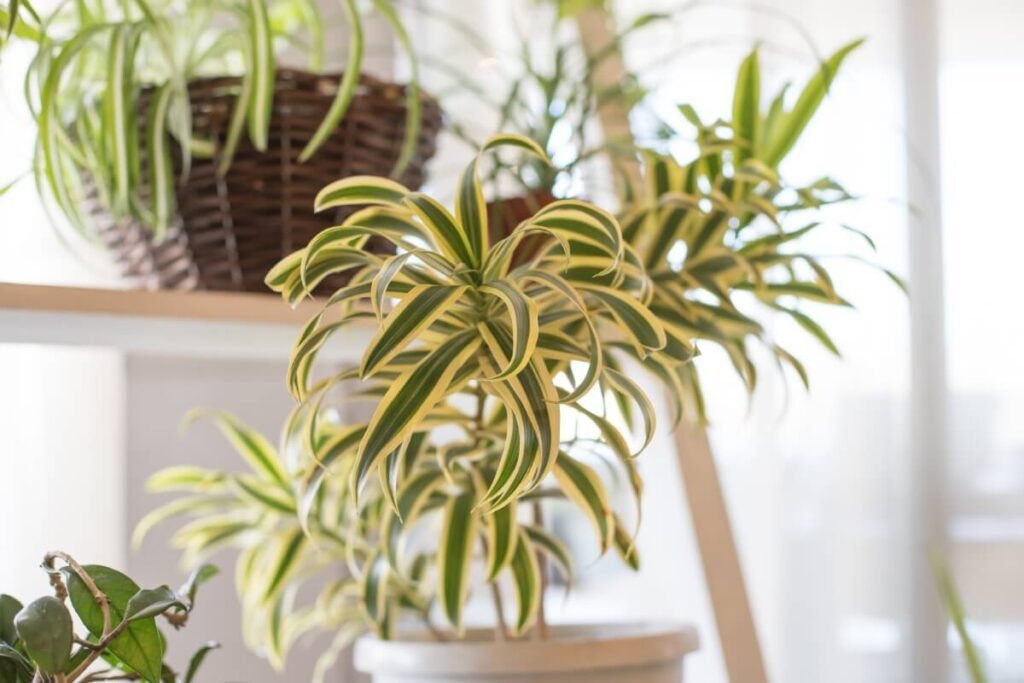
Spider plants (Chlorophytum comosum) are evergreen tropical perennials from the asparagus family (Asparagaceae). Originally native to Africa, spider plants have also colonized parts of Australia and other areas.
Spider plants have long, drooping sword-shaped foliage and a bushy appearance. Many varieties of spider plants have some form of variation, creating a striking color combination of green and white. Healthy spider plants will produce clusters of spiders—also known as pupae—that are used for propagation. These spiderettes resemble mature miniature spider plants.
Spider plants are known for their air purifying ability. According to NASA’s Clean Air Study, spider plants are good at removing chemicals like formaldehyde and xylene from our homes. Spider plants also have other benefits, such as reducing stress and improving productivity.
Spider plants and Feng Shui
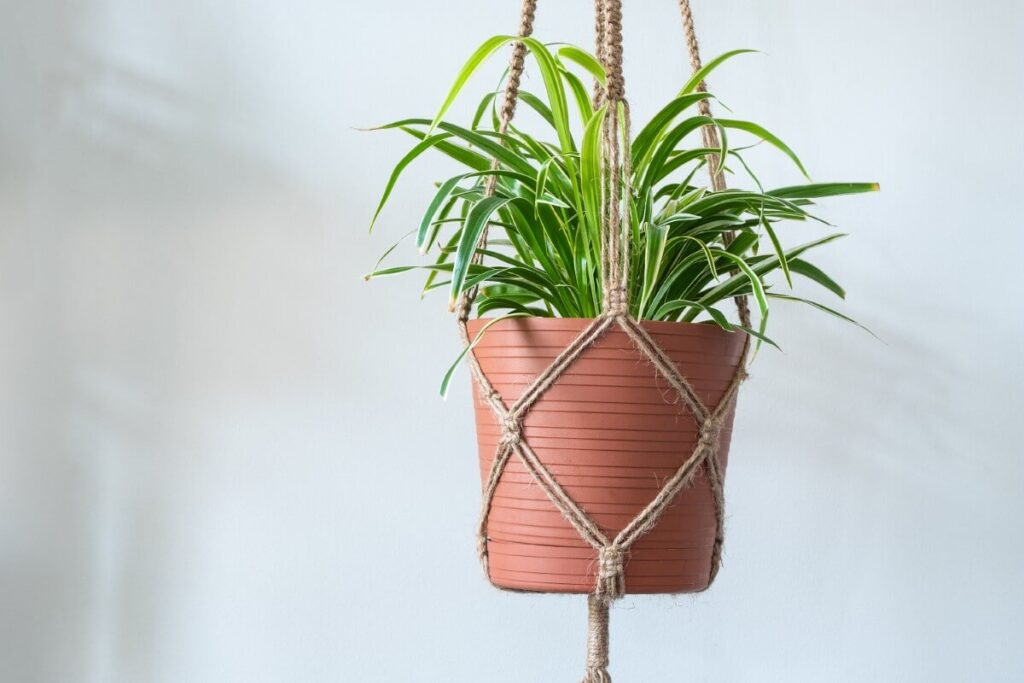
Feng shui focuses on balancing the different energies in your home, which is why spider plants are so practical. Thanks to their cleansing powers, spider plants are believed to remove negative energy while adding positive energy. In addition to cleaning the air, spider plants can also clean the energy currents that flow around your home.
The five elements of earth, fire, metal, water and wood are powerful forces in feng shui. Each element is associated with particular properties and objects. Spider plants and other houseplants are connected to the wood element. Wood represents compassion, growth, kindness, originality and rejuvenation.
Adding spider plants to your home can help you enhance the wood element and create a connection with nature. In addition, some feng shui scholars consider spider plants as symbols of good luck and prosperity. This makes spider plants ideal as office feng shui plants.
Colors also have power in feng shui. Like other houseplants, spider plants are predominantly green. In feng shui, green represents growth, healing energy and renewal. It is also believed that a spider plant’s long leaf-like leaves represent stability in your life.
Where to place spider plants in the home
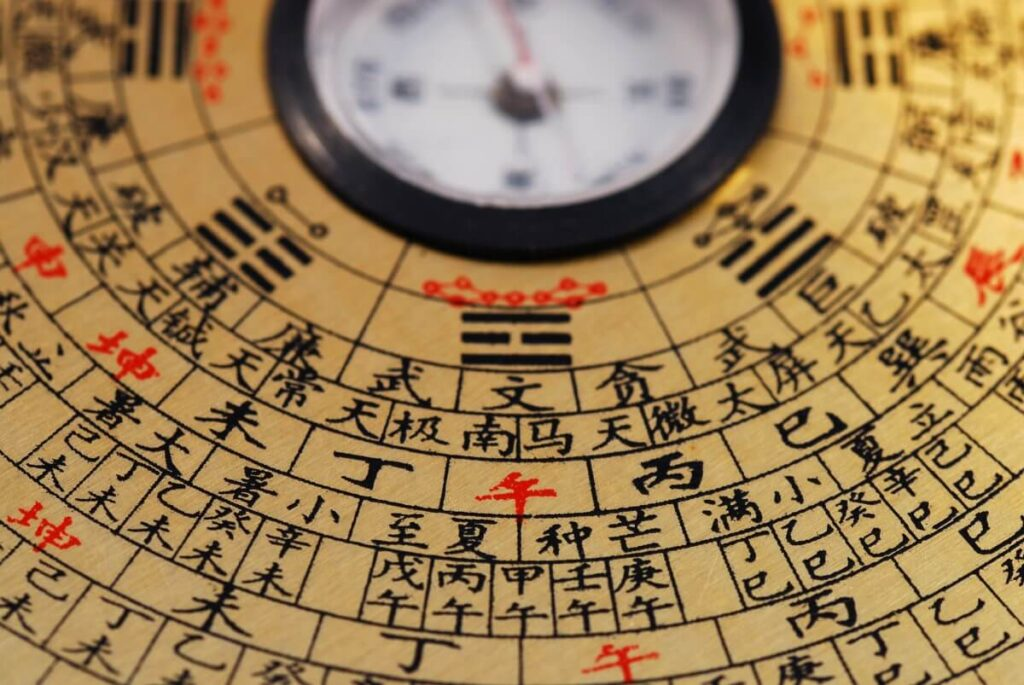
According to the Bagua map
To maximize balance in feng shui, practitioners use something called the Bagua map. This divides your home or room into nine areas, based on the directions of the compass. Each area is associated with a specific aspect of life as well as particular elements and colors.
By using the Bagua map, we can choose the perfect place for spider plants in our homes. Here are the nine areas of the Bagua map:
- Center = Health (Tai Qi)
- North = Career (Can)
- Northeast = Knowledge (Gen)
- East = Family (Zhen)
- Southeast = Prosperity and Wealth (Xun)
- South = Fame and Reputation (Li)
- Southwest = Relationships (Only)
- West = Children (Dui)
- Northwest = Helpful People (Qian)
Because of their associations with luck and growth, spider plants are well suited for the southeast part of the Bagua map. This area is linked to prosperity and wealth and is also strongly associated with the wood element. Spider plants make excellent feng shui plants for a home office to help you flourish in your work.
Spider plants will also perform well in the eastern part of the Bagua map, which is connected to the family. Again, this area is aligned with the wood element, which promotes family growth and friendliness. Spider plants are therefore suitable for family spaces such as the living room.
Spider plants are also believed to absorb negative energy while helping to cultivate positive energy. Negative energy collects in unused spaces such as on top of cupboards or shelves. This makes spider plants the ideal countermeasure as their drooping foliage can fill empty spaces.
According to plant needs

An east or southeast facing room is ideal for spider plants as this provides bright, indirect morning sunlight and partial afternoon shade. Spider plants also do well in partial shade, so they are great for the top of cupboards or shelves. These requirements align well with the best locations on the Bagua map for spider plants.
For a warm, humid potted plant environment, the bathroom is ideal. Bathrooms are naturally more humid than other rooms. Spider plants require ambient temperatures from 65 to 85ºF and humidity levels of about 40 to 80%.
Where NOT to place spider plants in the home
The relationships between the five elements mentioned earlier are a key component of feng shui. Some elements will weaken others, and some may even clash aggressively and produce negative energy. These relationships are affected by how the elements interact in the natural world.
Spider plants are connected to the wood element, which is weakened by fire and collides with metal. Fire is attributed to the south of the Bagua chart, which focuses on fame and reputation. If you try to use spider plants and other wooden elements in this area, their effects will be weakened.
The metal element is associated with the northwestern and western parts of the Bagua map. Metal is often used to cut through wood, creating a conflict between the two elements in feng shui. The Northwest and West Bagua charts rule helpful people and children, respectively. Spider plants should not be placed in these areas.
Regarding their care requirements, spider plants should not be exposed to strong, direct sunlight. This type of light is common in rooms facing south or west. Cold or drafty areas are also unsuitable for spider plants as they need warm, moist conditions to thrive.
Where to place spider plants outdoors
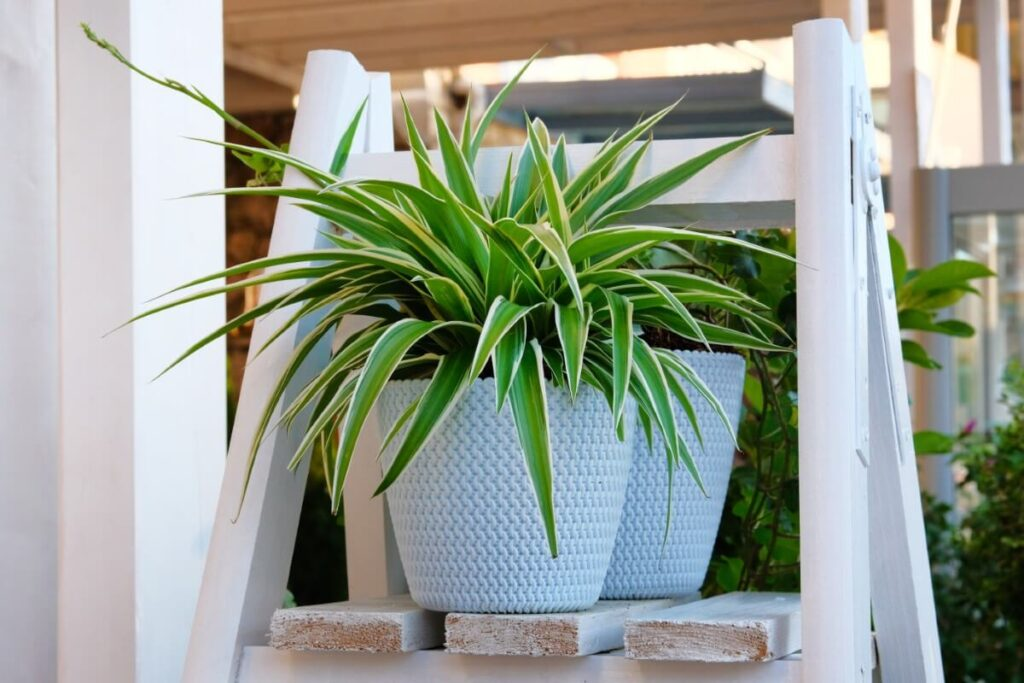
In some climates, spider plants can be grown outdoors rather than as houseplants. In USDA zones 9 through 11, spider plants can be perennial outdoor plants. For those in colder areas, they will need to stay indoors during the winter. Store them in containers to make moving them easier.
Spider plants need partial shade if you want to grow them outdoors. Choose a sheltered spot that gets some sun in the morning but is shaded in the afternoon. Spider plants grow quite happily in hanging baskets indoors or outdoors.
Essential care of spider plants
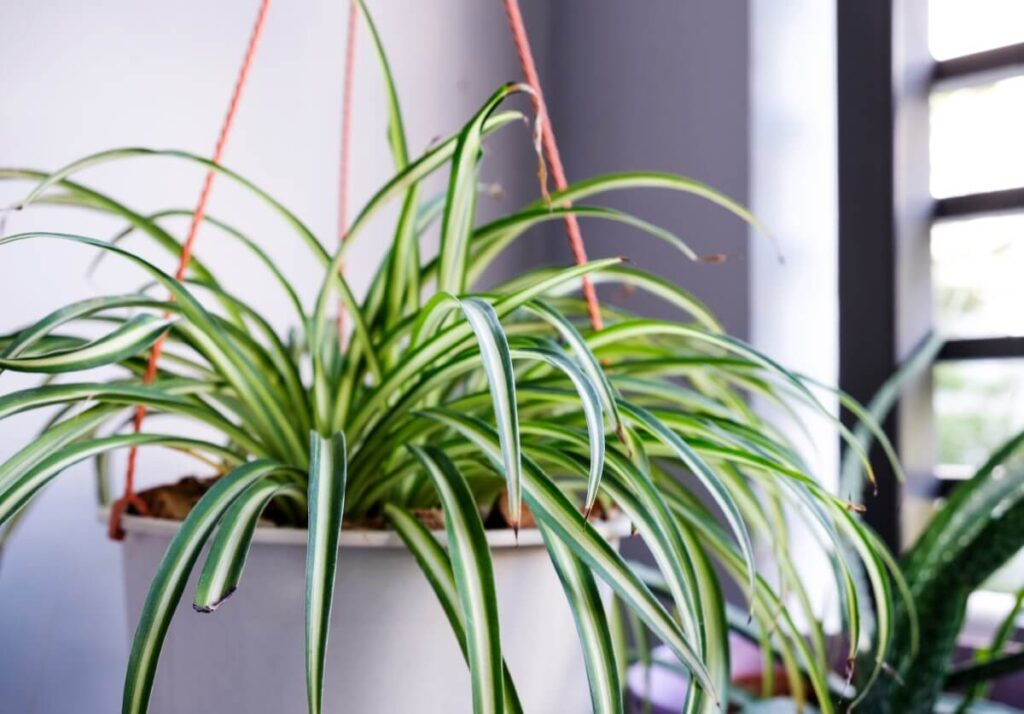
Spider plants are perfect houseplants for beginners because they are incredibly easy to care for. Place spider plants somewhere with bright indirect light or partial shade. Avoid locations that receive direct afternoon sun as this causes the foliage to burn or fade.
Spider plants prefer slightly moist soil, so water them about once a week during the spring and summer. Make sure the top inch or two of soil is dry before watering to prevent root rot and other problems. You can also mist the plant occasionally to increase humidity.
The ideal conditions for spider plants depend on temperatures from 65 to 85ºF. The humidity should be kept somewhere between 40% and 80%. Humidifiers are also another way to maintain proper humidity levels.
Spider plants require well-draining soil that still retains enough moisture to prevent drought. A mixture of spruce bark, coconut coke or potting mix and perlite is ideal. Extra nutrition can be provided by fertilizing once a month or two during the growing season. Avoid fertilizing during the winter.
Spider plants are easily propagated with the help of their spiderettes or young. Just cut these off and put them in a soil mix. Pruning is not strictly necessary but can be done to control the size of the plant and you will also want to repot your spider plant when it starts to outgrow its current pot and keep an eye out for common pests and diseases.
Frequently asked questions about where to place spider plants
Which room is best for a spider plant?
Rooms facing east or southeast are ideal for spider plants. These areas provide proper light levels and also allow you to maximize the feng shui benefits of spider plants.
How far away from a window should a spider plant be?
If placed in a room facing east or southeast, spider plants can be placed about three feet from the window. If they must walk in a room facing south or west, increase the distance to eight or ten feet.
Can I put my spider plant in a corner?
Spider plants like partial shade, so they work well in corners. Their fast-growing foliage also helps fill empty corners while absorbing negative energy.
Can spider plants thrive in low light environments?
Spider plants grow best in semi-shaded areas. That said, longer periods in full shade can cause the leaves to lose color.
Can spider plants withstand drafts?
Like most tropical houseplants, spider plants need warm, even temperatures and humidity levels. Drafts from air vents or radiators can dry out spider plants, so avoid drafty areas.
Find the best place in your home for spider plants
Spider plants are an easy way to enhance feng shui in your home. These tropical plants can absorb negative energy from unused spaces like empty shelves and release positive energy in return. Spider plants are associated with the wood element, making them ideal for southeast or east areas of your home.